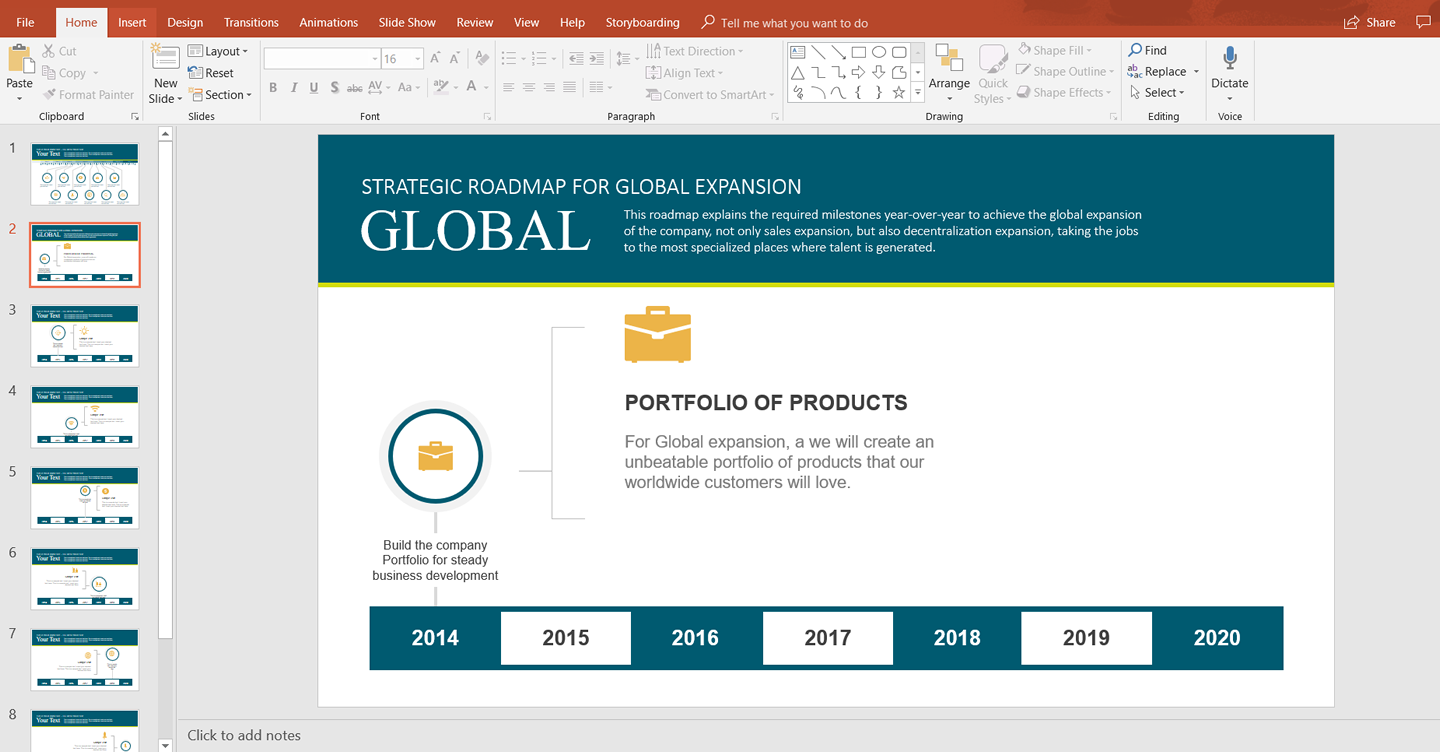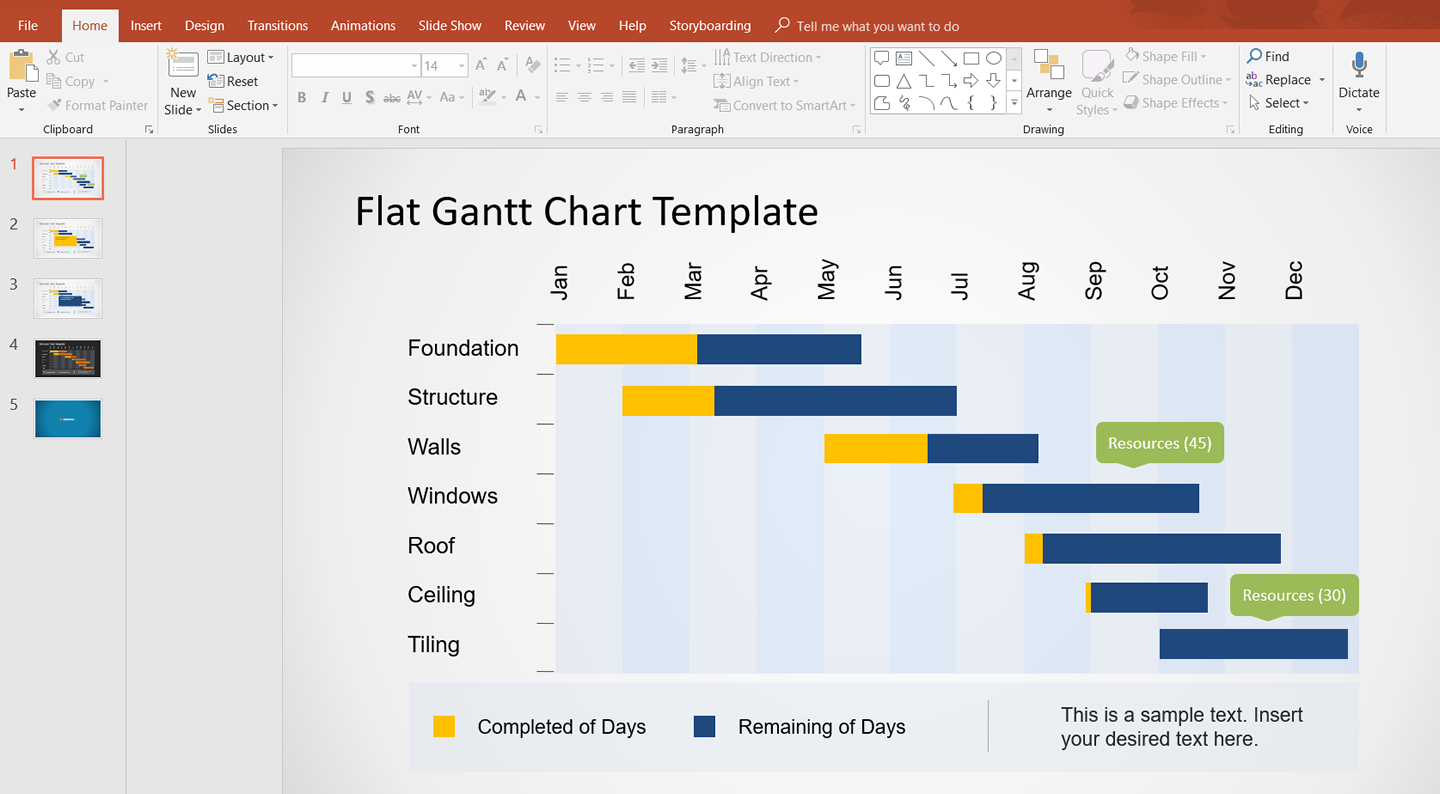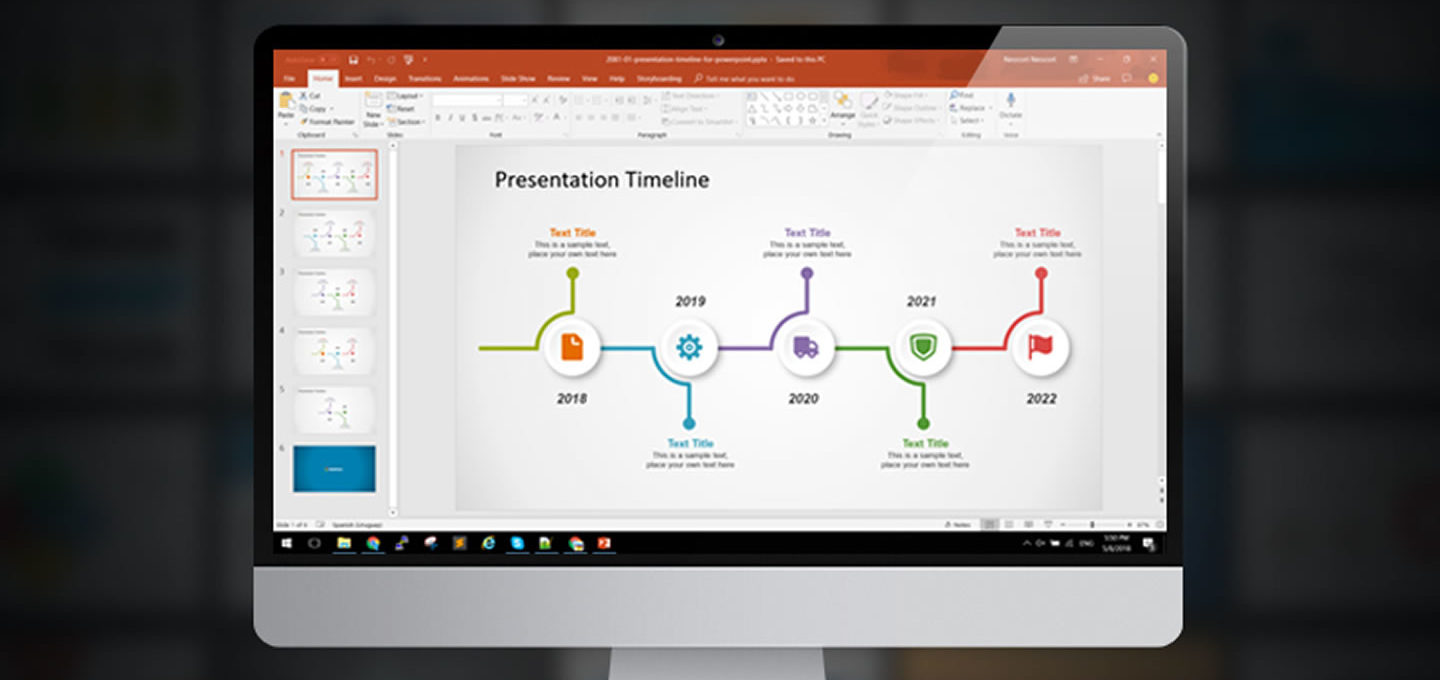A roadmap is a simple presentation of ambitions and goals of any project alongside a creative timeline to present your plan. I can say a roadmap with timeline design is not the place for comprehensive plans and in-depth information; it is just the brief outline of the plan.
Tips on using road maps and timelines designs for presenting plans
Below I describe some popular tips on using road maps and timelines designs for presenting plans; so that when it is presented in executive meetings or project management meetings, it will help you to efficiently convey the plan.
While using it, I suggest you to take care that the project goals are articulated, no less than in the deliverables listed. Use it in a way to explain the project goals explicitly in plain words for example, “The goal is …”A timeline must be included with creative design in order to show when things will take place as per planning. I also recommend ensuring to include high level titles for the large deliverables in meetings. Focus on having milestones of key events included, whenever you expect them to be presented. I personally found that you should also highlight areas of high risk and should also highlight areas where you have dependencies. I found that it should have only the high-level titles for every deliverable and should not exceed 4 per year for any workstream.
I suggest the use of combined timelines and informative sections to communicate project plans as well as goals. You will generate a shared considerate over the teams involved and should be able to communicate plans with other vital teams or organisations if you list the stakeholders involved in each milestone. While you present a roadmap through a timeline, you can describe the order of the deliverables like what would come first, and what would come next, to be presented effectively in meetings through the visual aid. I always believe in simple presentation of plans to convey in executive meetings or project management meetings, to let all the members understand it easily so keep it simple and focused. The essence of keeping it simple is that anybody who picks it up can understand what it is all about.
Try to create your timeline in a way that you can read it as well as understand it in around 3 minutes. I suggest you to make sure the titles as well as deliverables are in plain language and avoid acronyms or use of team jargon. Keep habit of including name on it, so people can connect you with questions.
When using the product roadmap with timeline designs, I recommend taking care that every initiative you take is associated to one or more of the strategic goals of your organization. For instance, do not only plan UI improvements as they would only make your app appear prettier. However, try to explain how the improvements will boost user satisfaction, customer lifetime value, feature adoption, etc. As per my view, if possible, quote metrics and samples directly from your analytics tools to support the decisions you make in meetings.
I have found that the best way to create an appealing roadmap and timeline if through the use of a timeline template. A roadmap and timeline for attaining a particular goal can be implemented in the form of a presentation to serve an outline of how you plan to proceed with a project. I have found that the best approach to create this in PowerPoint is with the use of appealing timelines and the alluring timelines can be created using suitable templates that outfits your plan.

If in case your audience is full of executives, I mention that your target will be to get them to engage in to your strategy or approve your plans positively. However, if your audience belongs to few other segment of your company, your target will be to communicate product course and create harmony. In both of these cases, I suggest you should be clear and convincing, hence the members in meetings thoroughly understands your strategy and approves with your priorities.
Apart from that, I also found many times that roadmaps and timeline design should be capable to communicate your high-level strategy. However while meeting with your stakeholders there are no situation of avoiding few discussion of particular details as well as deadlines. I have experienced that in corporate meetings, your executives usually want to identify the status of your present projects, the way you are allocating the resources, and the manner the status of such projects could modify if you allocate resources differently. The fact is that while using this approach, your stakeholders are willing to see latest features released and they are keen to know how close you are to attaining there. If this is the case, create at least one slide to drill down, for example with a high level gantt chart template.

Moreover, it is vital to use a colourful and visual roadmaps and timelines designs to present your plan effectively and to stay away from monotone or disordered spread sheets. I have found many people who only remember a small percentage of what they listen, hence visual aids are essential to retaining your audience’s responsiveness and to assure that your key points stay for long in their memory. I suggest that your visuals should complement and elucidate what you speak verbally, not just presenting of new information. Stay away from putting up prolix or complicated slides as they strive for attention and distract from the speaker.
Concluding Note:
While using roadmaps and timelines designs, I found that the procedure of making and using this, with project stakeholders as well as team members, can be extremely useful. This is because it guarantees that the stakeholders and team understand capacity. It even forces priority decisions and endorses a shared considerate in the broader team.

